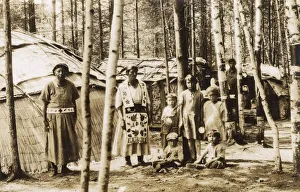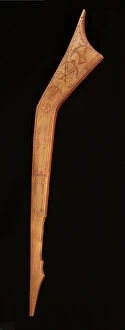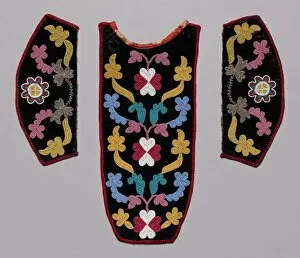Anishinaabe Collection
Discover the rich cultural heritage of the Lake Superior Chippewa, also known as the Anishinaabe people, through these intriguing artifacts
All Professionally Made to Order for Quick Shipping
Discover the rich cultural heritage of the Lake Superior Chippewa, also known as the Anishinaabe people, through these intriguing artifacts. The "Chippewa Squaw and Child" lithograph published by F.O.W. Greenough in 1838 offers a glimpse into the past, while the "Gunstock Club" from the early 19th century showcases their skill in hunting and craftsmanship. Dress up in the fashion of the late 1800s with their handmade plackets, cuffs, and a bandolier bag. Unravel the mysteries of their history as depicted in Henry Schoolcraft's "The Prophets Lodge and Medawisos" and explore the depth of their traditions.








